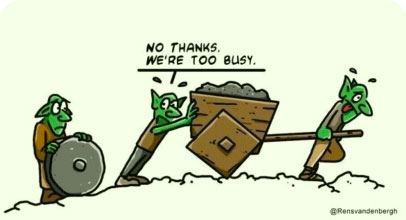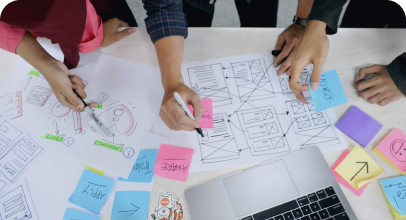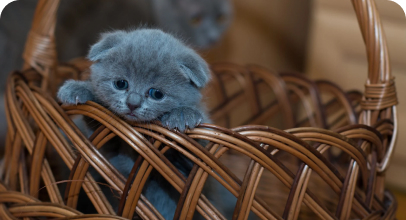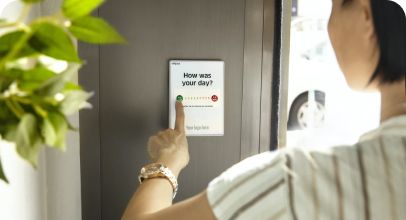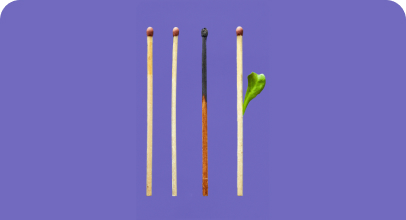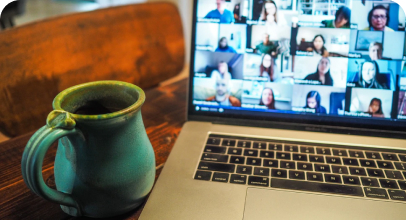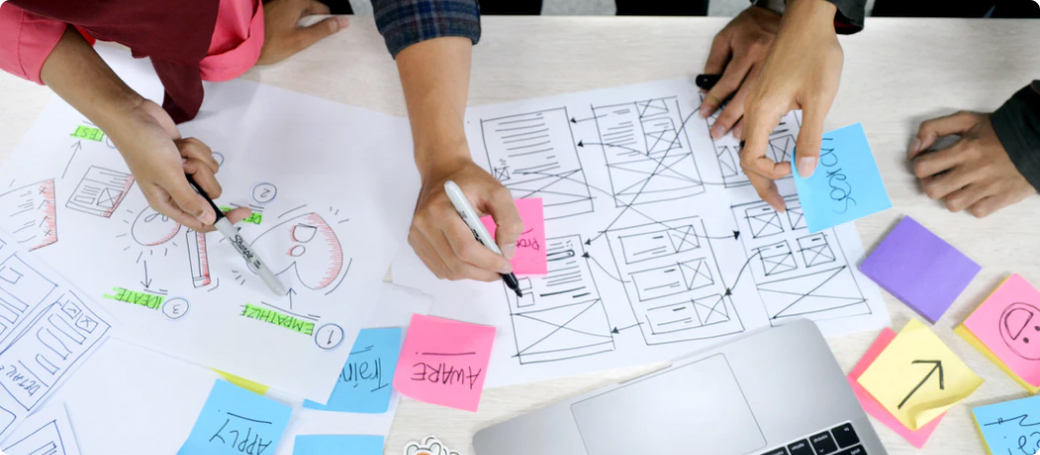
According to the Scrum Guide, the Sprint Retrospective is an “opportunity for the Scrum Team to inspect itself and create a plan for improvements to be enacted during the next Sprint.”

So Scrum Retrospective is a vehicle to drive change, it generates essential process improvements and leads the team in the right direction. Noone denies the meaningfulness and importance of a Retrospective, same as the fact that boring or monotonous sessions can’t be effective. So we’ve handpicked 9 helpful tips for the Sprint Retrospective to make it more productive by increasing the team's engagement.
1. Regular but diverse
Retros should take place regularly as a Sprint closes. However, asking every time during a Sprint Retrospective “What went well” your team will quickly lose attention. So varying your methods is a key. Timbo is a great free retrospective tool to help you diversify Scrum Retrospectives.
2. Safe haven
Create an environment where each team member feels free to share their opinions and does not have to be afraid of being judged. Make your Sprint Retrospective a safe space to talk and switch to anonymous mode if needed to encourage greater input.
3. Use Icebreakers
In order to spare some time for further discussion, some Scrum Masters underestimate the opening part importance. However, setting up a proper mood is a gamechanger. Try different approaches for starting your Sprint Retrospective and catch everyone’s attention. Opening techniques may vary depending on the goal of your sprint retro - One Word, Weather template, How do you feel exercises or even bringing in some favorite snacks.
4. Set a clear goal
Always have a purpose for your Sprint Retrospective and make sure all attendants understand it well. Having an explicit goal for each meeting will help the team stick to the topic instead of getting sidetracked. Identify the key aspects you want to address in the Retrospective and don't try to tackle every issue at once.
5. Amplify the good
Boost team morale and motivate them to deliver better work by celebrating success and congratulating the team for a job well done. Begin or finish Sprint Retrospective by having everyone mention one positive item first or use Thank you cards for peer to peer appreciation.
6. Encourage debate
Having a hot discussion helps to assess a problem deeply instead of trying to solve it right away and jump to solutions. Sprint Retrospectives help the team find ways to work better together and constructive disagreeing is an inevitable part of it. Key is to concentrate on the team and their relationship and not to take anything personally.
7. Take action to make changes
Nothing kills team morale like having the same old problems come up every Sprint Retrospective. Deliver on what was agreed, otherwise the team will lose interest and trust to Retrospectives. At least make sure you review and reassign previous actionable items at the beginning of a new Sprint.
8. Seek feedback
Finish each Scrum Retrospective by asking for feedback on the retro itself. Look for themes and patterns in the comments and analyze ways to improve, be ready to act on any feedback. Constant improvement of the Sprint Retrospective is a core to efficient meetings and enhanced teamwork.
9. Have fun!
Come up with experiments that boost the team’s creativity and defining out-of-the-box ideas. Enjoy a nice Retrospective lunch or change settings for your retro to keep it lively. This creates a bond within the team and increases engagement and motivation. Great retros make teams great!
Timbo: designed by Scrum Masters for Scrum Masters




